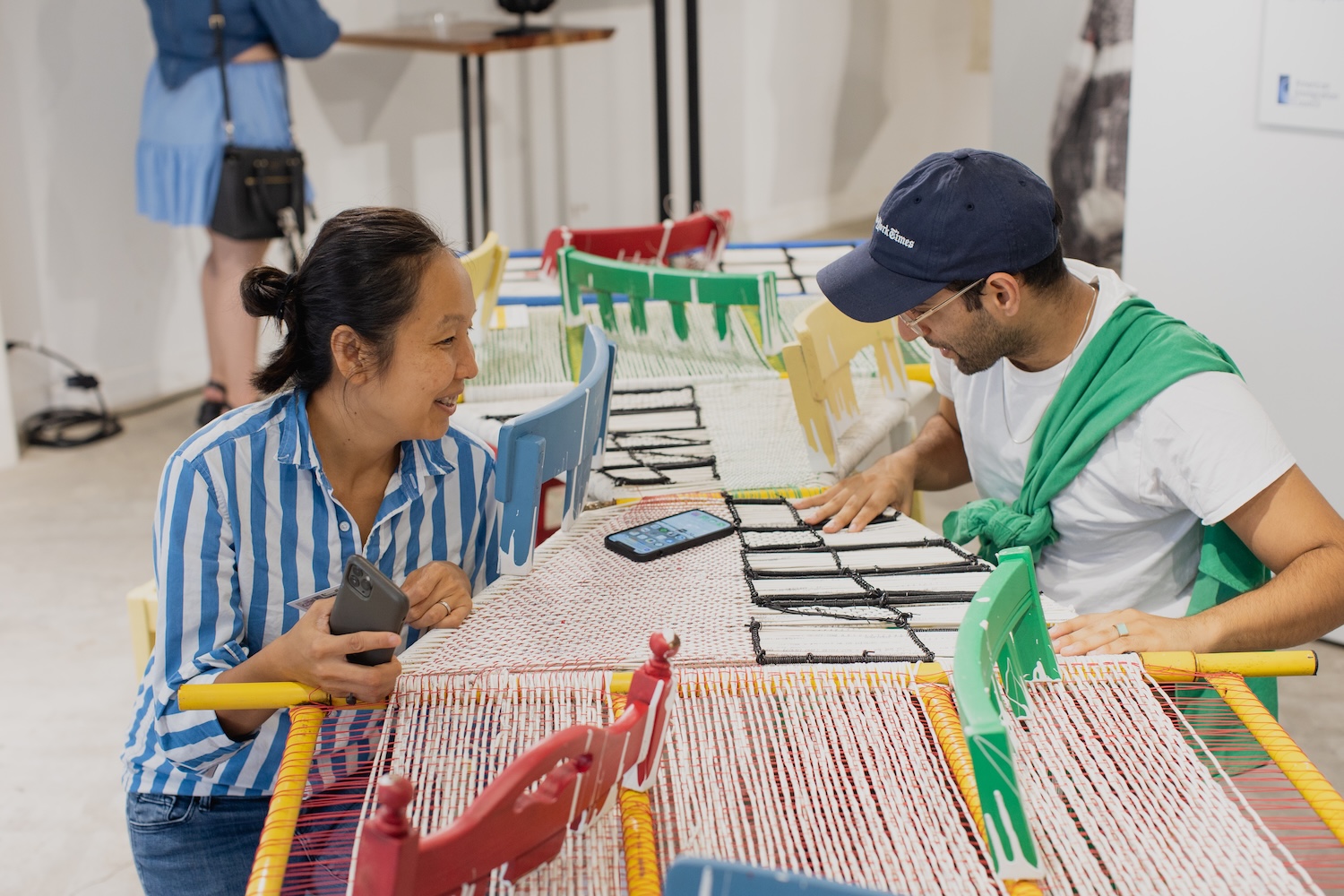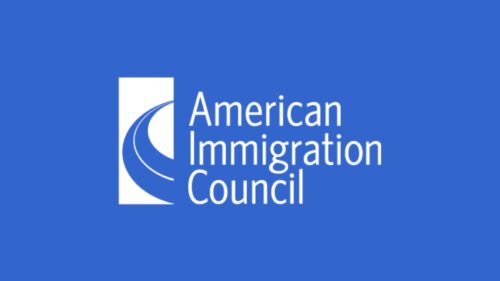WASHINGTON—The American Immigration Council will host the New American Fellows Showcase on Saturday, September 17 from 11:00 a.m.-5:00 p.m. at Usagi in New York, in partnership with the Brooklyn Arts Council.
All of the featured artists are Grantees of Brooklyn Arts Council’s new Creative Equations Fund to amplify advocacy and immigrant voices.
This free event in Brooklyn will feature art displays, installations, screenings, and performances based on the Council’s data interactive, Map the Impact. The event will be free to all but space will be limited, so pre-registration is required.
“The New American Fellows program allows local artists to highlight the contributions of immigrants in arts and culture to create positive narrative change and spark dialogue around important issues. At its best, art connects, transcends, and makes the personal, universal.” said Katherine Steinberg, director of arts and culture for the American Immigration Council. “We need more diverse perspectives and a myriad of stories that explore how we are all connected on a fundamental level. As an immigration organization that understands the power of culture to shift hearts and minds, we’re committed to uplifting a diverse pool of artists. These projects can provide binding experiences across communities and spark crucial dialogue about how we treat each other and how we experience belonging in America.”
Launched in 2022 with the help of the Brooklyn Arts Council, six diverse artists were selected. The six New American Fellows include:
-
Salomé Egas is Ecuadorian and an interdisciplinary performer using dance, theater, film, and textiles to explore her identity. Her works examine themes of migration, colonization, and indigenism. Her piece, “Más que un pétalo” (More Than a Petal), is a multidisciplinary performance and workshop series deconstructing the immigrant experience in the United States. Using dance, theater, textile arts, music and video, the performance invites audiences to see the immigration experience through the eyes of a taxo flower, “Tauzhu Sisa,” an Ecuadorian native plant. As a play on the game “loves me, loves me not,” the flower, clad in a costume stitched by the artist, begins to shed its petals. As each petal is removed, immigrant-categorizing words such as “welcomed” and “not welcome” are revealed. The flower quickly recognizes that these designations carry the same emotional weight as being desired and then rejected by a nation and its people. The performance takes the audience on a journey of self-acceptance, radical self-love, and immigrant narrative empowerment.
-
Born and raised in Ukraine, artist and educator Katya Grokhovsky works in installation, performance, sculpture, fiber, video, painting and drawing, exploring gender, identity, labor, body, history, and the self. Through research, play, experimentation and autobiographical experience, Grokhovsky weaves the personal and political together, building worlds and personas, which examine stereotypes, prejudices, and oppression, emphasizing the absurd and the uncanny in the everyday. Here she presents “Point A: Chapter Two,” a mixed-media project, which explores memory, displacement and origin, via video, objects and live performance, focusing on the experience of migration from the former USSR. Employing statistics of immigration in the U.S and integrating the Map the Impact research data, “Point A: Chapter Two” aims to establish and explore narratives of marginalized migrant communities, focusing on the Ukrainian diaspora, centering voices, often forgotten, unheard, or excluded.
-
Yemeni-American Ibi Ibrahim works to share the experiences of Yemeni-Americans in their own environments, and explores how individuals come to America, reclaim their own reality, and themes of home and multi-national identity. Here he presents Brooklyn’s Invisible Women, a project that examines the intimate and private lives of Muslim women in Brooklyn who wear the niqab. The niqab is a garment often in black that covers the face, worn by some Muslim women as a part of an interpretation of the hijab. The project explores personal stories and narratives of the Niqabi Brooklynites to promote further understanding of this often-invisible segment of the Muslim community. In bringing the voices of Niqabi Brooklynite women to the surface and presenting their narratives on religious agency, identity, community, and urban space, Brooklyn’s Invisible Women aims to situate these women’s accounts within the socio-political contexts that exist today in America.
-
Born and raised in Finland, interdisciplinary artist Sari Nordman weaves personal stories with the Council’s research to show the connection between the numbers and the people they represent. “Tower: Framing the Immigrant Experience,” a video installation, reflects on immigrant achievements and struggles in the U.S. Combining video, archiving, research data, and community participation, the installation highlights interviews of people of diverse backgrounds sharing their personal experiences as immigrants in the U.S. With this work Nordman, an immigrant herself, wants to help amplify immigrant voices, raise awareness and understanding of their experiences, create supportive community, and offer solutions with the interviewees’ help.
-
Woori Show is a non-profit organization that produces the first American educational series that teaches the entire family Korean words and conversational phrases and celebrates Korean culture through fun, engaging content. Modeled after Sesame Street, Woori Show is comprised of short, easy to follow segments, accessible for every learner.
-
Hong Wu was born and raised in China. Wu is a self-taught multidisciplinary visual artist whose work interrogates the roots of social and environmental discourse, with the hope of inspiring creative collective responses to make the world more just and more green. Her work, “A Seat At The Table,” is an installation composed of seatless chairs protruding a patchwork “table” incorporating American Immigration Council data to interrogate immigrants’ struggles and prospects of representation, aka “having a seat at the table.” The long-term goal of this installation is to encourage and invite immigrant families to explore their own paths and opportunities to demand “a seat at the table” and enjoy Immigrant Pride to the fullest.
In addition, at this year’s showcase, Ballet Hispánico, an organization that celebrates and promotes the artistic experiences of Latino cultures, will conduct a free Latin Social Dance class.
Schedule for art installations and performances as follows:
-
1:00 p.m.: “Más que un pétalo” performance by Salomé Egas.
-
2:00 p.m.: “Point A: Chapter Two” performance by Katya Grokhovsky.
-
2:30 p.m.: Thirty Minute Latin Social Dance Class by Ballet Hispánico.
###
For more information or to interview any of the 2022 New American Fellows, contact:
Brianna Dimas at the American Immigration Council at bdimas@immcouncil.org or 202-507-7557.



